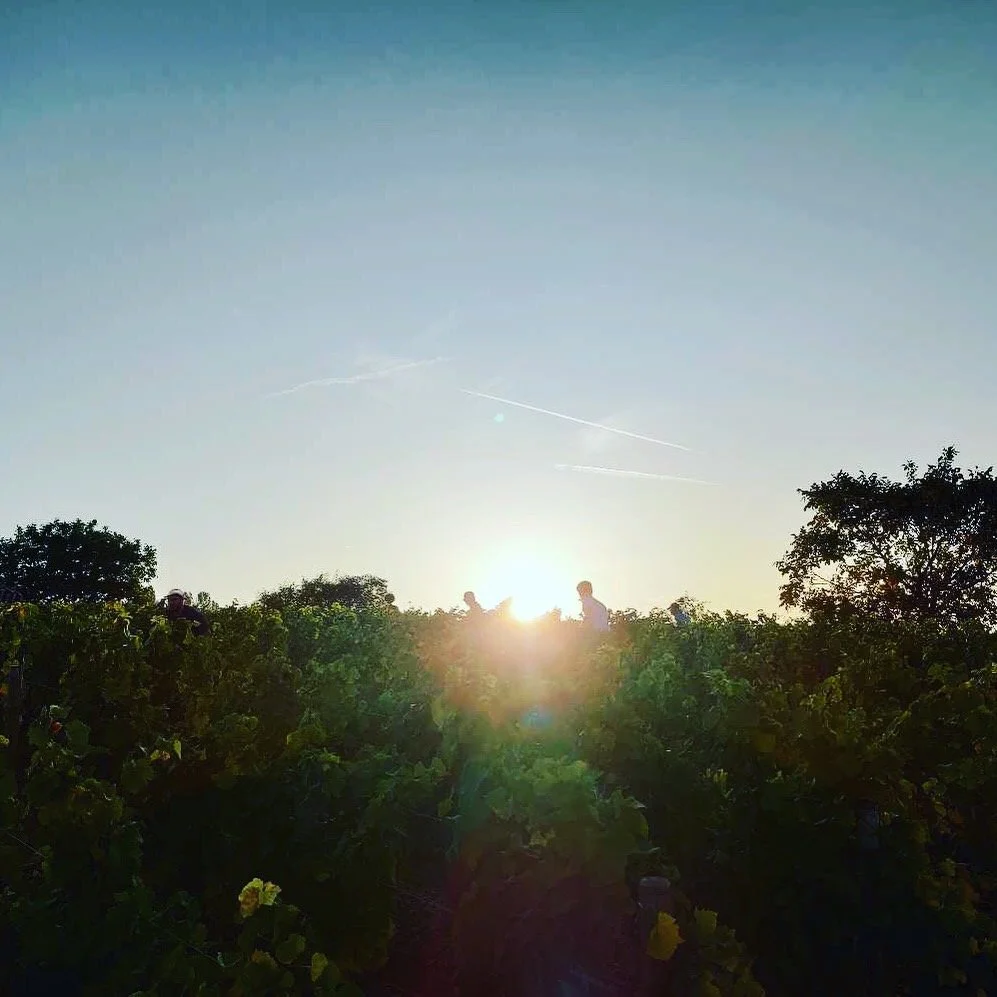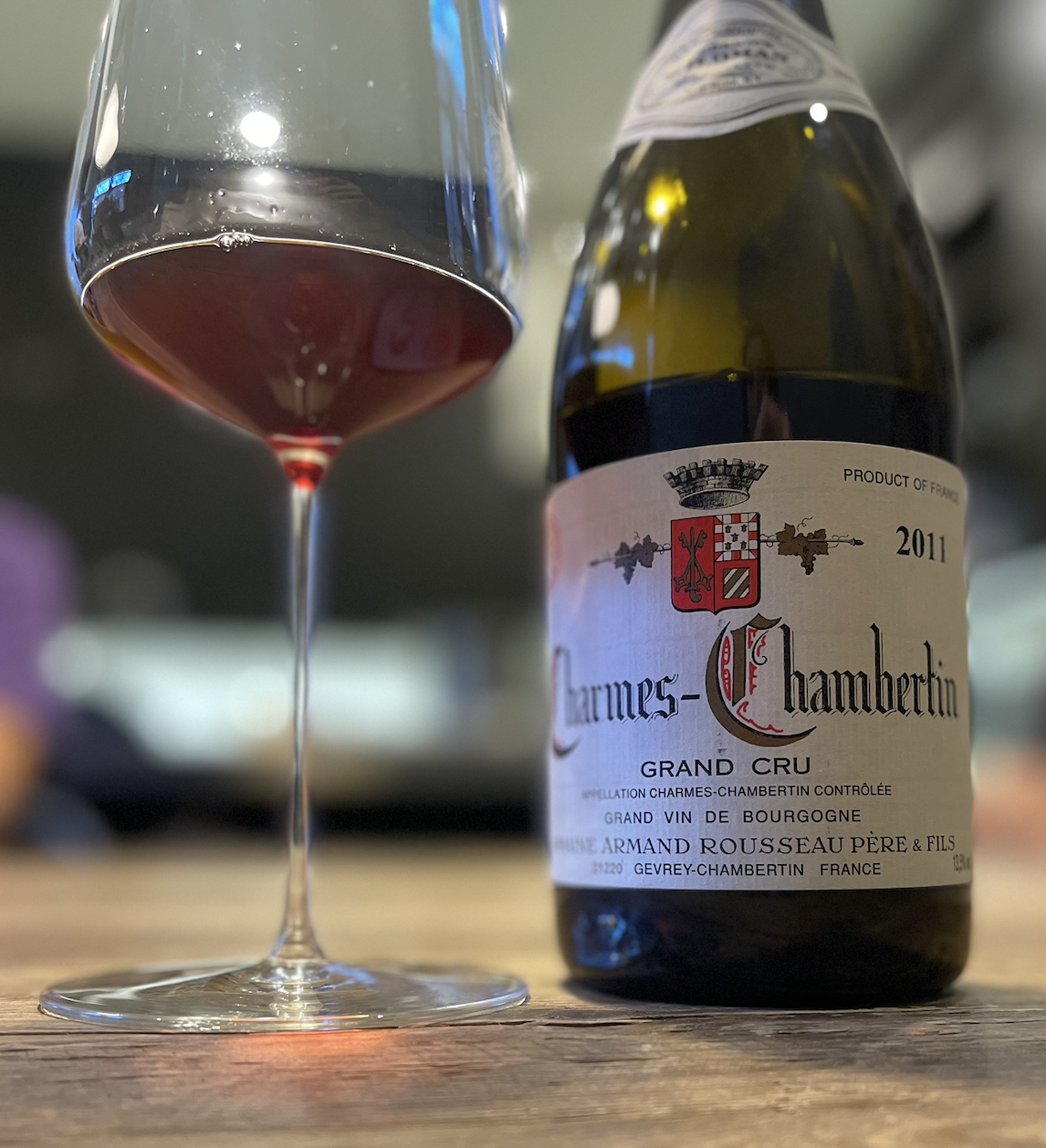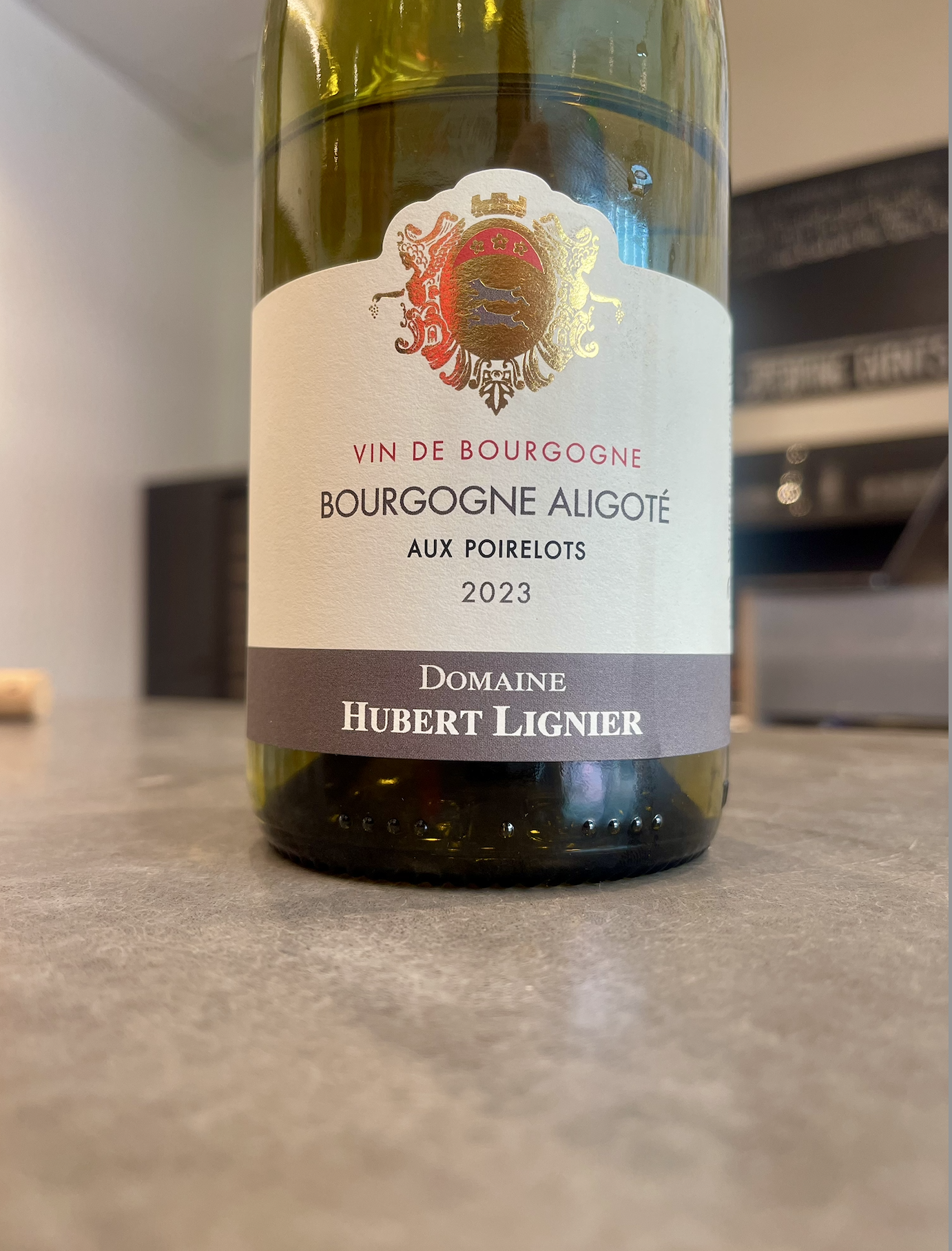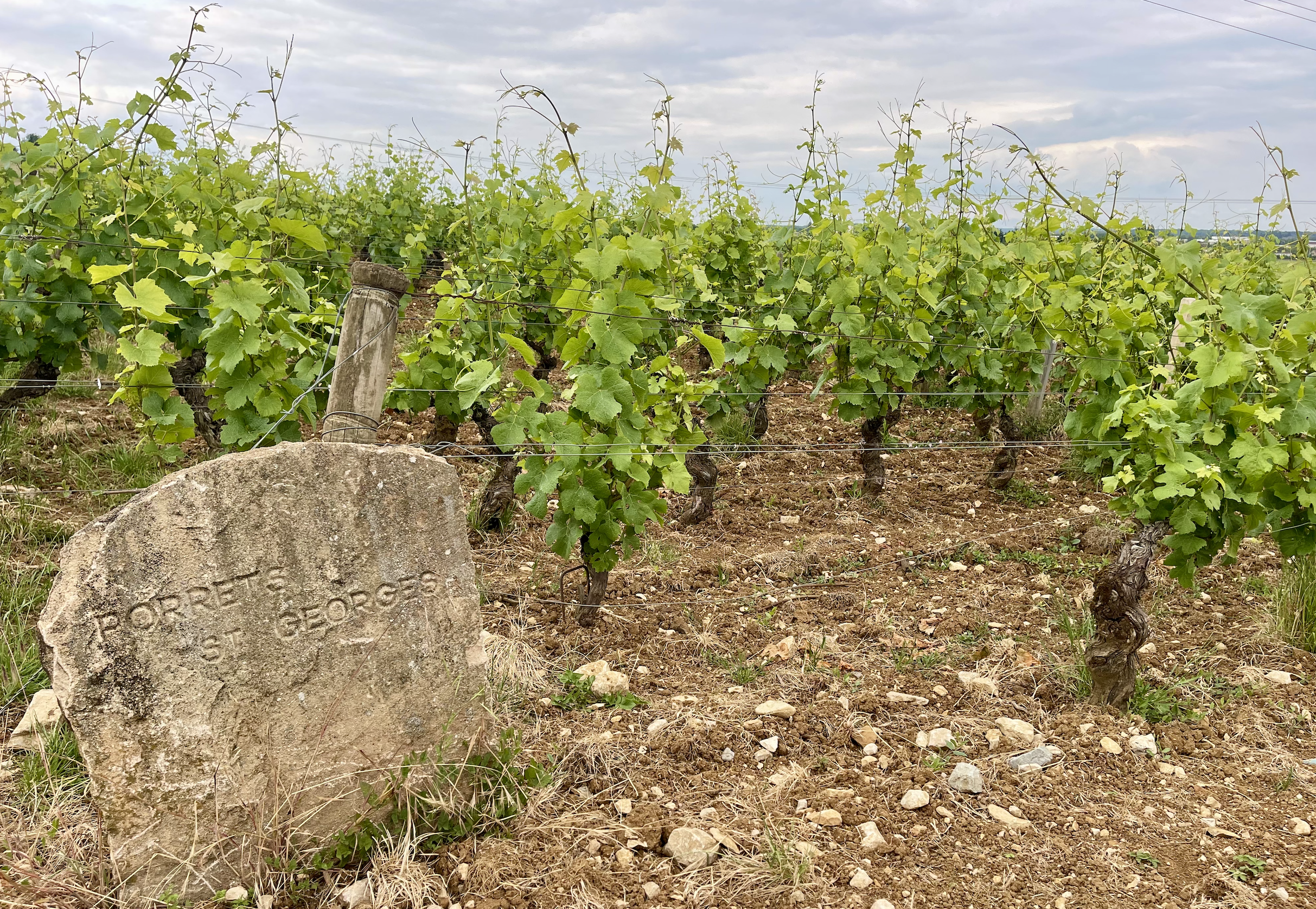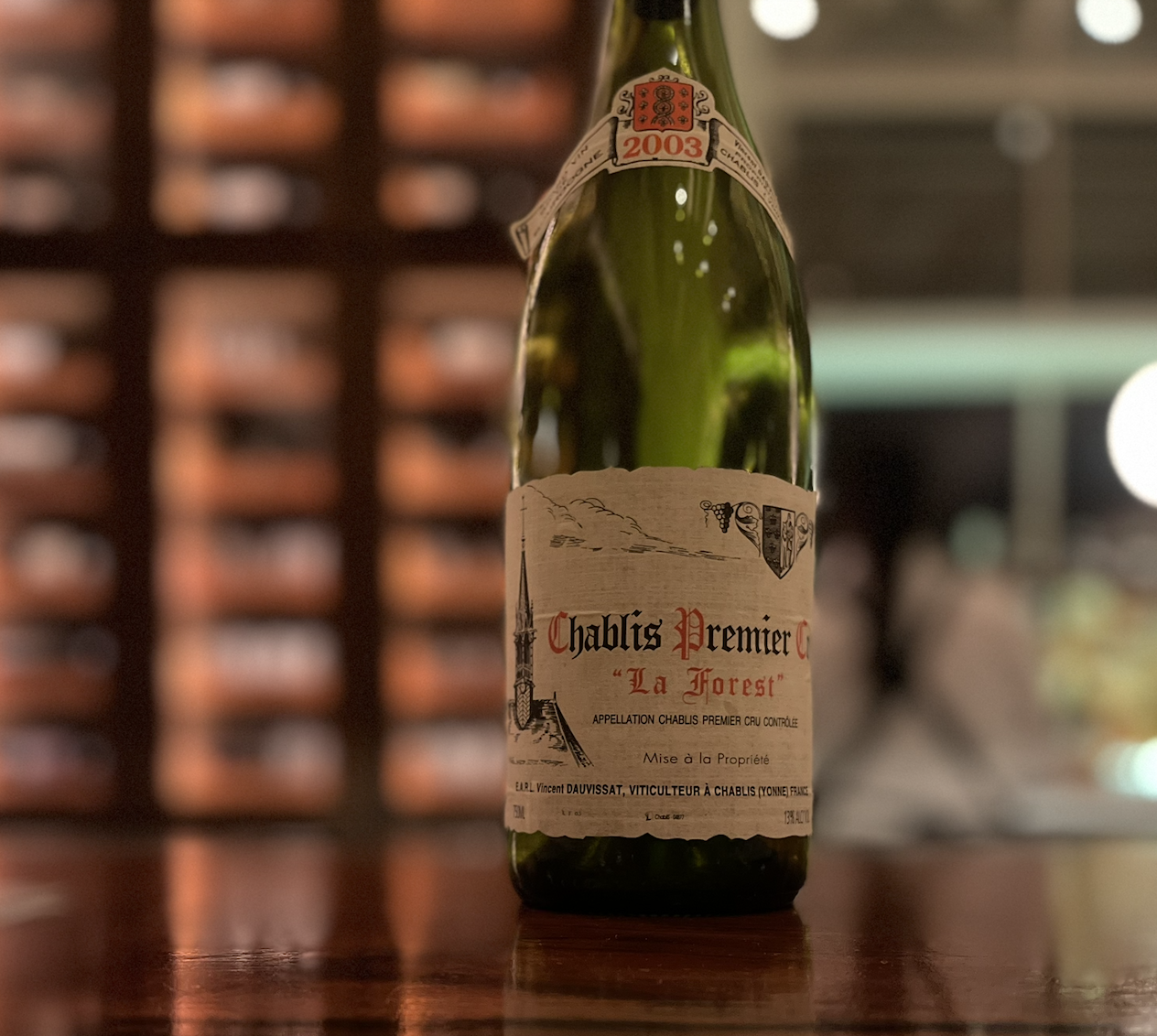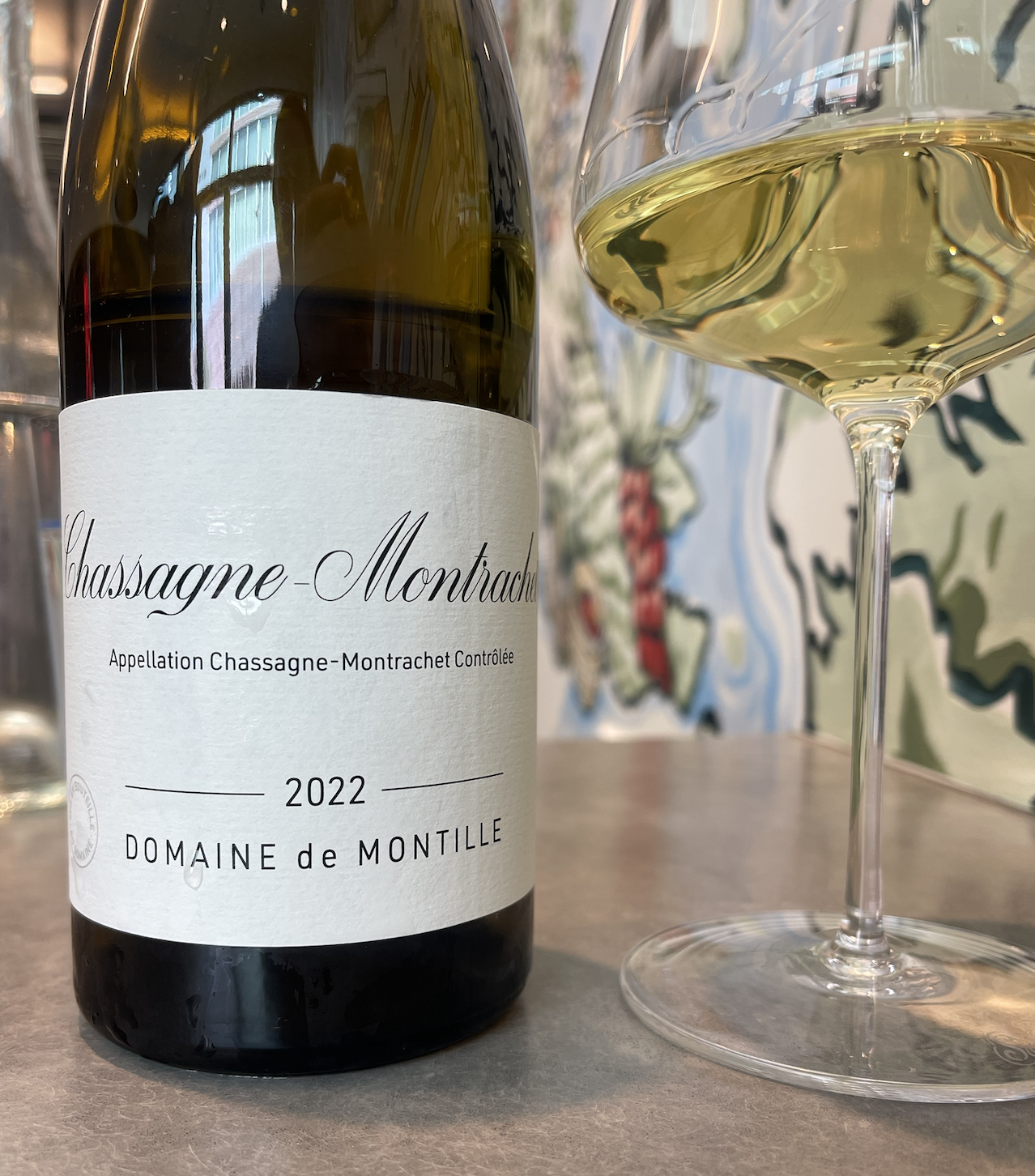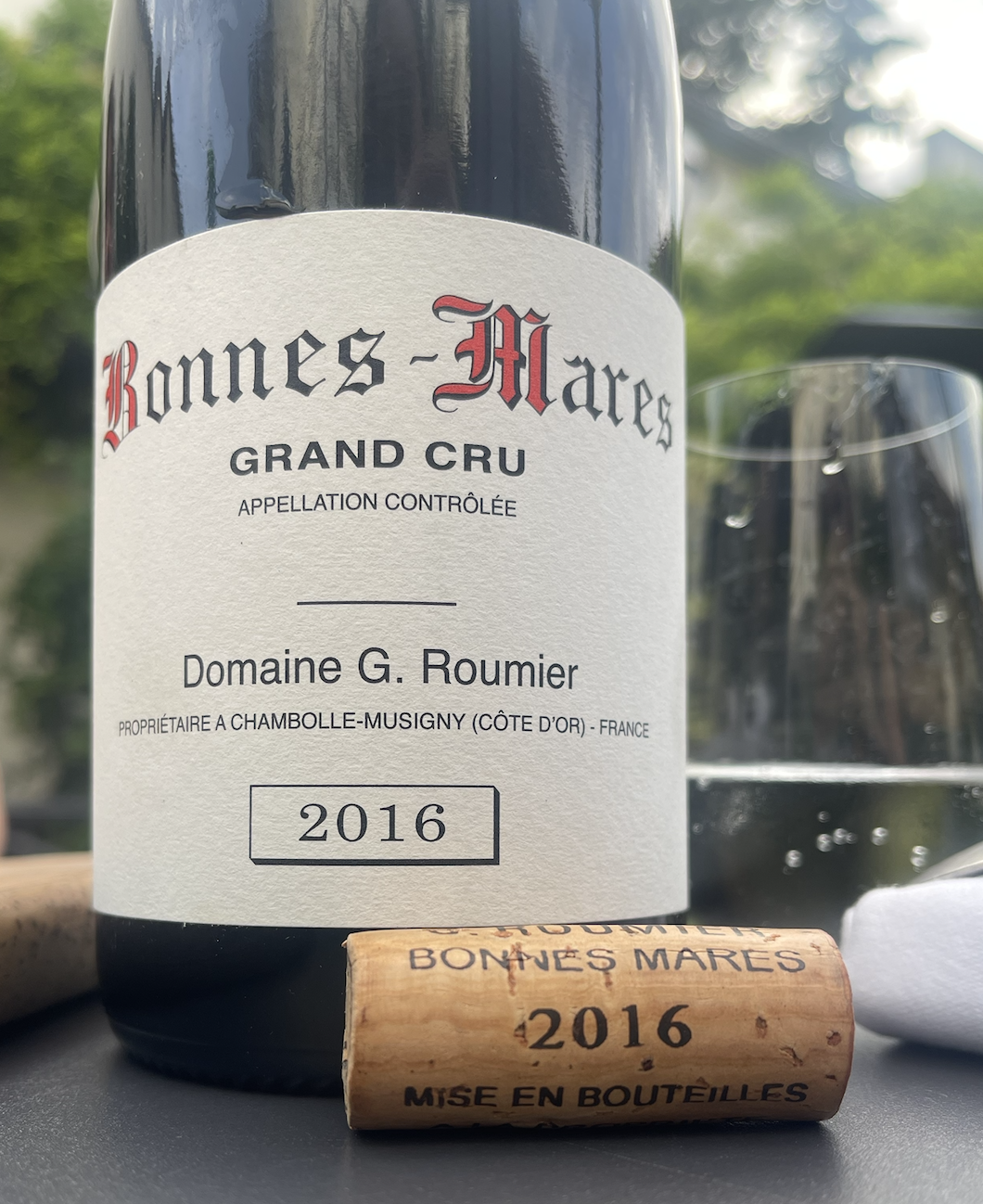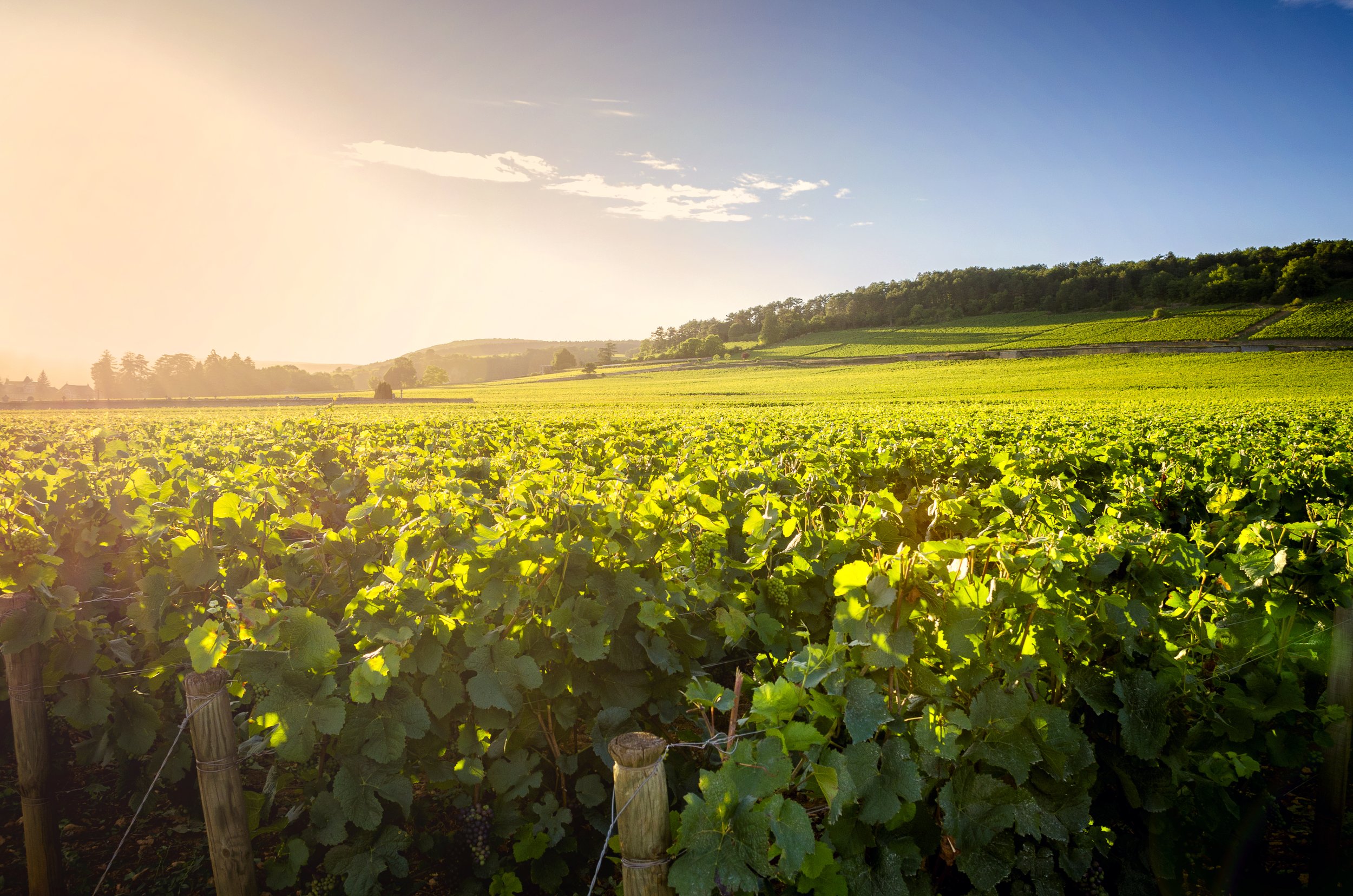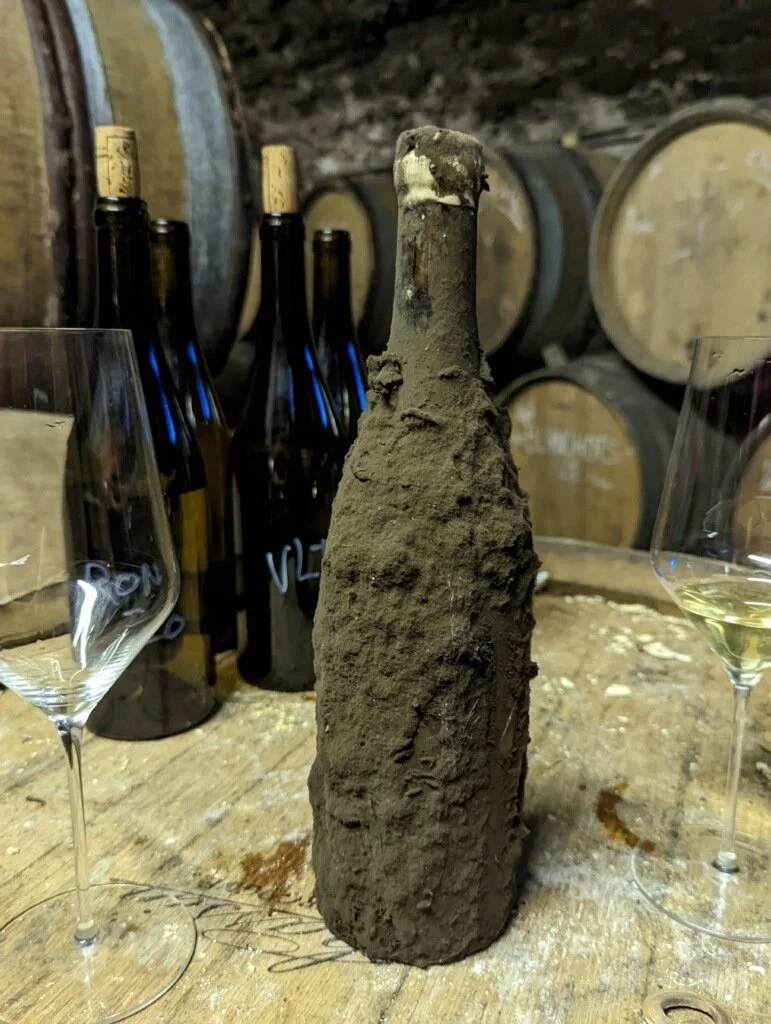
Welcome to a unique view into Burgundy through the eyes of Mary Margaret McCamic, Master of Wine. Articles, tasting insights, producer profiles, and travel stories are all at your fingertips.
Explore for a selection of preview pieces. Subscribe for full access.
Red Burgundy: Highlights from the 1990s
The life of a wine can surprise us. Like people, a bottle of wine can go through phases of tasting extraordinary, open, and vibrant. At other times, the same wine from a different bottle can be quiet, closed-off, or unexciting. This is part of what makes tasting vintages from the 1990s today so interesting. They have had three decades to evolve into the predictions made from their infancy. Another thing — great, mature red Burgundy typically does not taste as old as it is. It can fool you, blind, because the best examples have ample density, structure, and complexity to truly improve with time. Couple a great vintage with a top vineyard and producer, and red Burgundy can unfold into something truly spectacular.
Volnay 1er Cru: Elegance in a Glass
There are no grand crus within Volnay, making the ceiling for quality within the region premier cru. What I love about Volnay 1er cru is that it offers more complexity and depth on the palate than a simple village Volnay. There is something about the ripeness of fruit — especially in recent warmer years like 2015, 2018, 2020, and 2022 — that offers the same sort of pleasure that many look for further north in places like Chambolle-Musigny. Structurally, the tannins are quite similar: soft, refined, and easy to enjoy young. But even in cooler or more refined vintages, like 2007, 2014, and 2017, Volnay 1er Cru offers delicacy combined with energy in a way unlike any other red wine in the Côte d’Or.
The Education of Imperfection
It feels like no matter when you drink your white Burgundy, someone is going to tell you that it is too young, or too old, or not the right producer, or too expensive, or too cheap (who am I kidding, no one ever tells you a bottle of Burgundy is too inexpensive!) It is no wonder the wine world is so intimidating: it does not seem like anybody can get it right.
A Journey through Chablis Grand Cru
I recently taught two classes on Chablis Grand Cru at one of my favorite local wine shops, Compline. The classes included all 7 climats within Chablis Grand Cru from the 2022 vintage from 7 different producers. One would assume that anyone paying $175 for a class focused entirely on Chablis Grand Cru would have a grasp on the region, and many did. But there were also lovers of the style and region that had never tasted the top expressions. Many were unaware of its rich topographical history, or how long Chablis Grand Cru can age and improve. Even more were surprised to find that Chablis Grand Cru, in general, provides one of the best values in Burgundy for both quality and longevity.
The Allure of Romanée-Saint-Vivant
Over the past year, I have had the pleasure of drinking four vintages of Romanée-Saint-Vivant from Domaine de la Romanée-Conti along with the 2023 vintage from barrel. There’s something about Romanée-Saint-Vivant that is so alluring. It may well be my favorite grand cru in Vosne, in large part because it is so approachable in its youth. This might be surprising, considering its prestige. But wine at the highest level almost always has some trick up its sleeve, some unique way to surprise and delight us. Romanée-Saint-Vivant’s youthful silkiness is irresistible, only to soften and sweeten up with decades in the bottle. Its elegance combined with florals, spice, and a simultaneous richness make it sensual to drink.
Do all roads lead to Burgundy?
Whether all roads lead to Burgundy is an entirely personal decision, one that I can’t make for anyone reading this. And trust me, I love my Bordeaux. I reach for white Bordeaux as frequently as I can because it is delicious, reliable, and complex. Red Bordeaux with age can be transformative. But neither stir my soul like Burgundy.
Mâcon from a Legend: Les Héritiers du Comte Lafon
Although this is not a new project — Les Héritiers was founded in 1999 by Dominique Lafon — a lot has changed for both the reputation and quality of wines from Mâcon in the last 25 years. Lafon’s dedication to the more southern region of Mâcon is a testament to their belief in Burgundy as a whole, and further shows that in the right hands, white wines from regions outside of the Côte de Beaune can be truly exceptional.
On Vintage, Quality, & Other Proclamations
There is a tendency in the wine world to report as quickly as possible how a vintage is going to turn out, especially for classic regions like Burgundy. I understand the desire — publications, critics, and journalists want to give both the trade and consumers the earliest possible report on what to expect. These days, though, it is not just professionals with the acumen to evaluate Burgundy in its infancy sharing their perspectives. We live in a world where pretty much everyone has an opinion, and there is an enormous reach online for anyone with the desire to share theirs far and wide. It should come as no surprise that messaging as it relates to vintage quality can get, shall we say…muddled.
An Aligoté Uprising
The why of Aligoté’s uprising deserves more attention, but the matter I wish to address today is actually the what of Aligoté. Sure, it is more available than it used to be on the U.S. market. And sure, it is far less expensive than a bottle of Chassagne-Montrachet, depending on the producer. The harsh reality is that a lot of bottles of white wine are less expensive than village Burgundy, but are they satisfying enough to reach for as an alternative? If you want Chassagne-Montrachet, is a glass of Aligoté really going to hit the spot? And long term, is it a good idea for producers or the trade to market Aligoté as a “cheaper replacement” for an altogether different wine style?
The North & South of Nuits-Saint-Georges
It’s a name we all know: Nuits-Saint-Georges. One of the most recognizable villages in the Côte de Nuits, Nuits-Saint-Georges is home to 41 premier cru vineyards, but no grands crus. The village and its wines are often broadly classified as irony, with firm tannins and a dark fruit character that, in difficult vintages, can border on austerity. And yet, there is a danger in oversimplifying this diverse village.
Great Chablis: A Lesson in Patience
I often describe the best Chablis — Chablis Grand Cru — as being “quiet” in its youth. You have to taste a lot of it to understand that when young, the best climats reveal themselves through texture, density, structure, and length rather than overt flavors and aromas.
The Great Divide: Puligny & Meursault
In the grand scheme, it may not matter whether a drinker prefers Meursault to Puligny-Montrachet or vice versa. It may not even matter if one can correctly identify one or the other blind. Why? Because a range of factors, including vintage conditions, winemaking philosophy, vineyard access, bottle variation, and beyond affect the finished wine. What matters more, perhaps, is the idea of place — the concept that a wine can uniquely reflect its origins while also challenging them.
Vintage Reflections: 2022
Burgundy vintages are a funny thing — they can be (almost) as divisive as politics. I doubt any vintage debate has gotten someone kicked out of a bar, but these discussions can get heated. Sommeliers and critics alike love to pick favorites, which can be good for the consumer or collector in some cases, while in other cases, it provides a biased perspective that can unfairly malign perfectly delicious wines. Over the past 20 years, we’ve seen 2004, 2008, 2011, 2013, and 2021 fall into this category, but I can tell you that I have enjoyed — immensely — wines from all five of these vintages from a range of producers.
Enjoying Bonnes Mares Grand Cru
What makes Bonnes Mares so special in the glass, for me, is its ability to walk this line of power while still conveying distinct Chambolle-Musigny fruit. There is a ripeness to the wines that makes the mid-palate feel supple, but the tannins are almost always quite firm, and it can take time for them to unwind. From an intellectual standpoint, there is also the idea of ‘typicity’ — to what extent do these wines speak of their place, and how do we define that typicity given that there is a range of style within the grand cru.
In the Cellar at Comte de Vogüé
While Vogüé’s Le Musigny lived up to the comparison of an “iron fist in a velvet glove” and the Bonnes Mares exudes power and intensity, Les Amoureuses provides an intense, sensual kiss like a lover returned from a long trip away. The wine is romantic, seductive, and captivating.
What’s in a Name? Bourgogne
I write this with a glass of Domaine de Montille Bourgogne Blanc in hand. I contemplated titling this article “Bourgogne on a Budget,” but I quickly realized that I paid $50 USD retail for this bottle. Relatively speaking, this bottle is a great value in Burgundy today. Years ago, not so much. Bottles of Bourgogne at this price point existed, but they were somewhat rarified air. Only a handful of producers could command that for their entry-level bottling.
On Longevity: Hope Meets Time
Finally, there is a little bit of magic, or for the realists, hope. Hope in a wine, as I mentioned before, means that it has potential, that there is something special about it that will unwind positively over time, making it even better than the day it was bottled. Sometimes these bottles live up to their youthful promises in a way that is haunting, almost mystical.
Getting to Burgundy
One must rent a car or have a driver to truly appreciate Burgundy. Trains can get you in and out of the major cities, but part of the charm of Burgundy lies in some of its dusty corners. One such place is Chablis, a place of charm and majesty, and I might I add, delicious wines.







